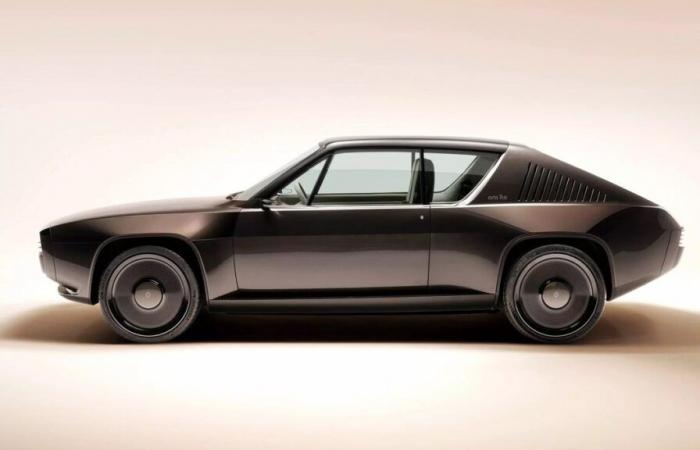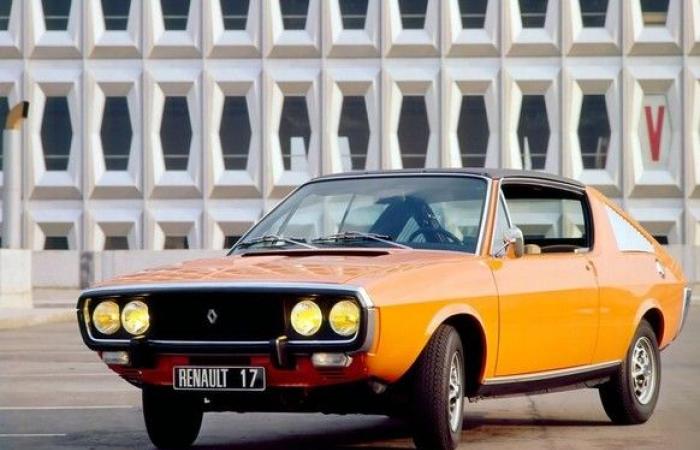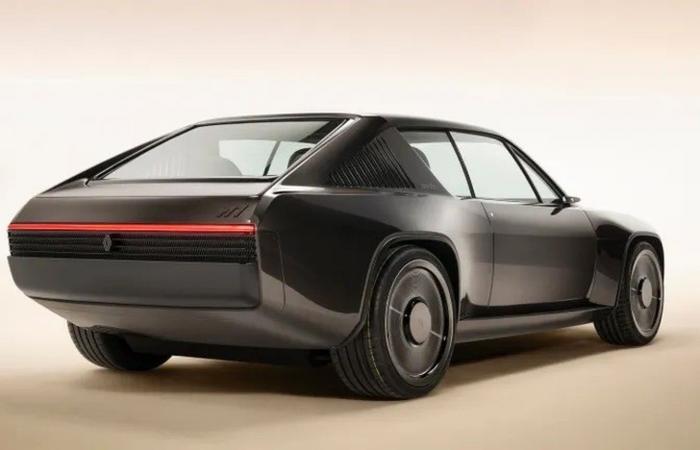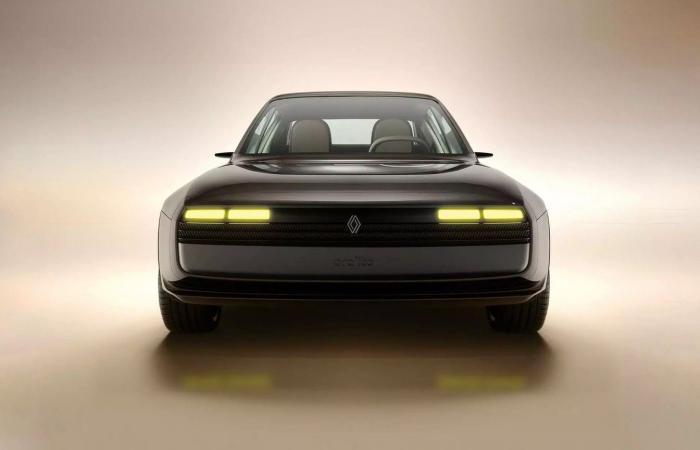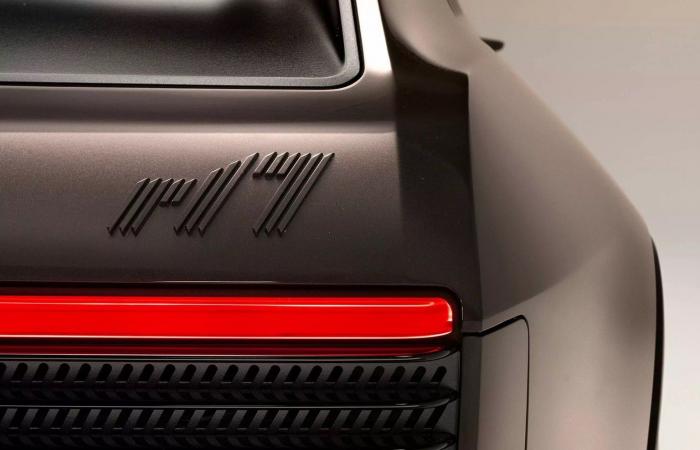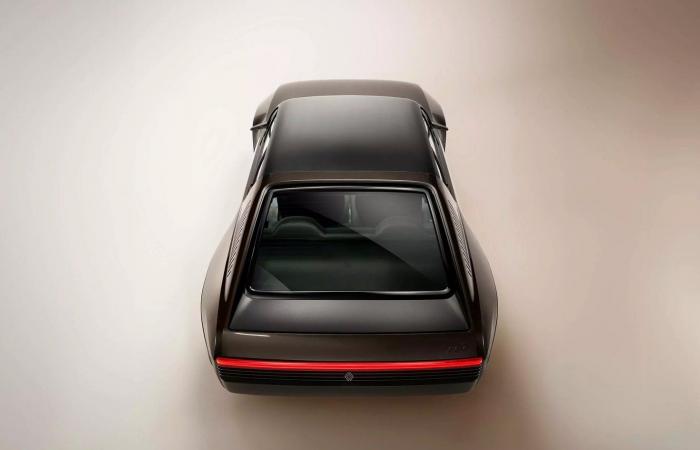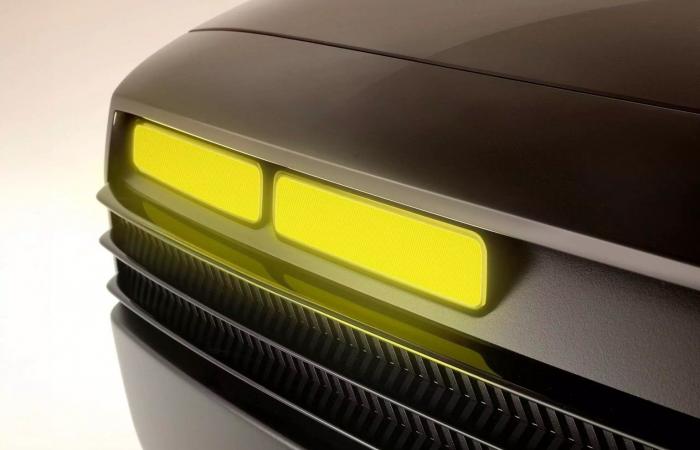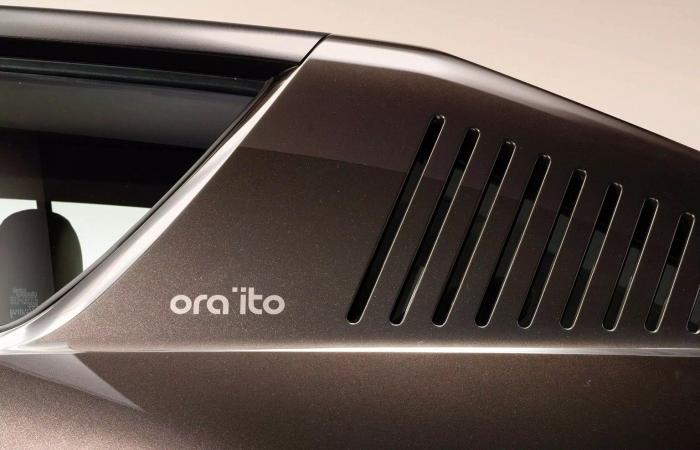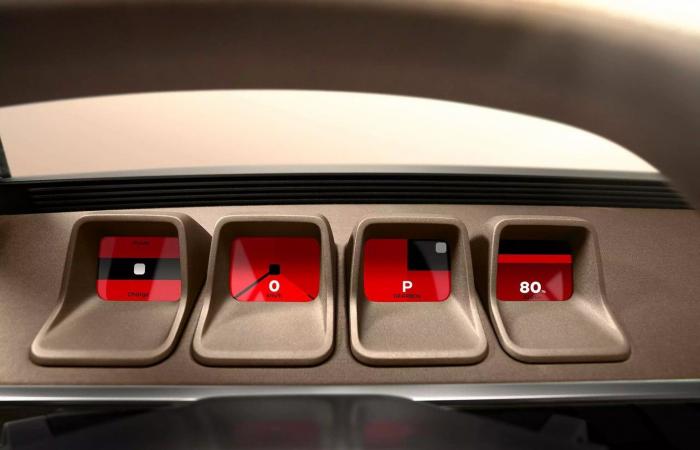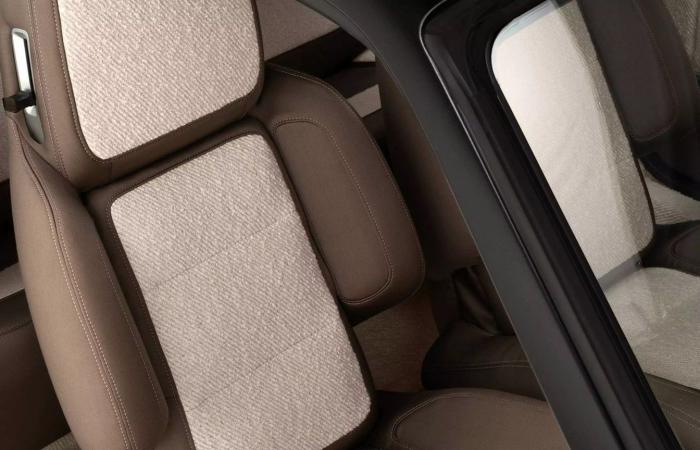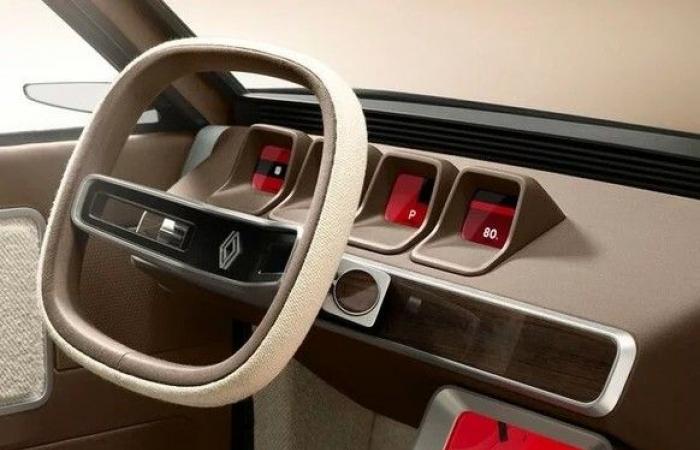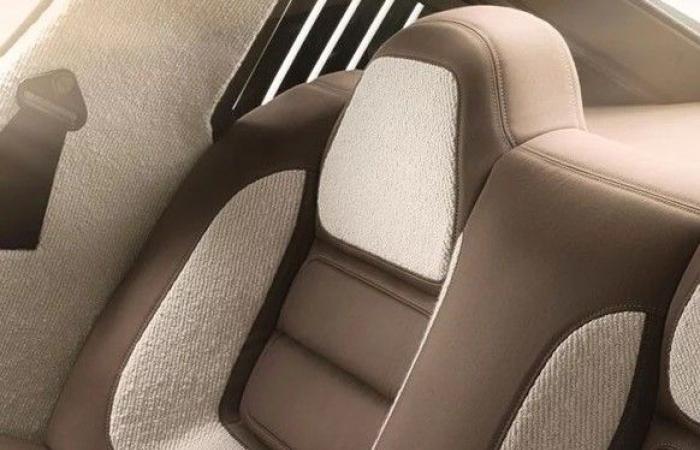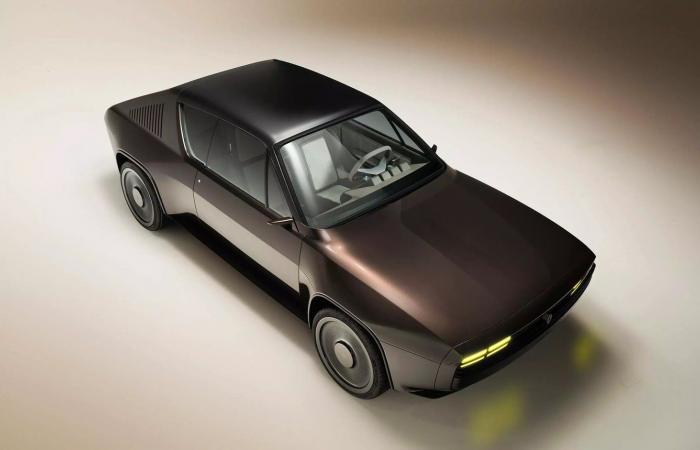Image: renault.fr
Comment
With the R17 Electric Restomod x Ora ÏtoRenault proves that the future is better when it builds on the design of the past.
Who among you remembers the Renault 17? A small sports coupe built from 1971 to 1979 that had just about all the design elements that defined the ’70s.

Image: renault.fr
I remember this car well and I thought it was horrible.
I thought at the time that there were far too many useless and cheesy stylistic baubles that were grafted onto an already hymn-like and ugly general form.
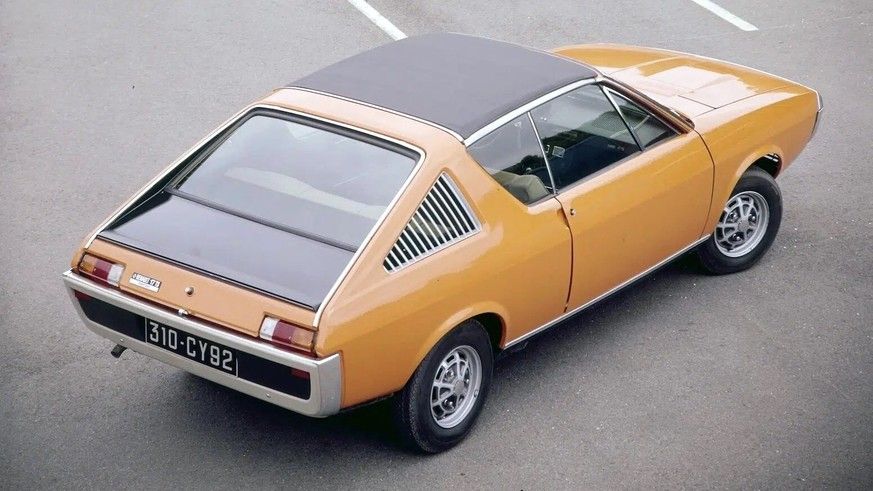
Image: renault.fr
At the time.
Today, when I look at the Renault 17, I say to myself: this thing has aged surprisingly well. What seemed bulky and unsightly at the time is now considered classic and iconic…
Which of course reminds us once again: design and the sense of aesthetics must always be understood in context. With the inexorable passage of time, many abominations have been transformed into design icons.
And now see what Renault did with the R17:
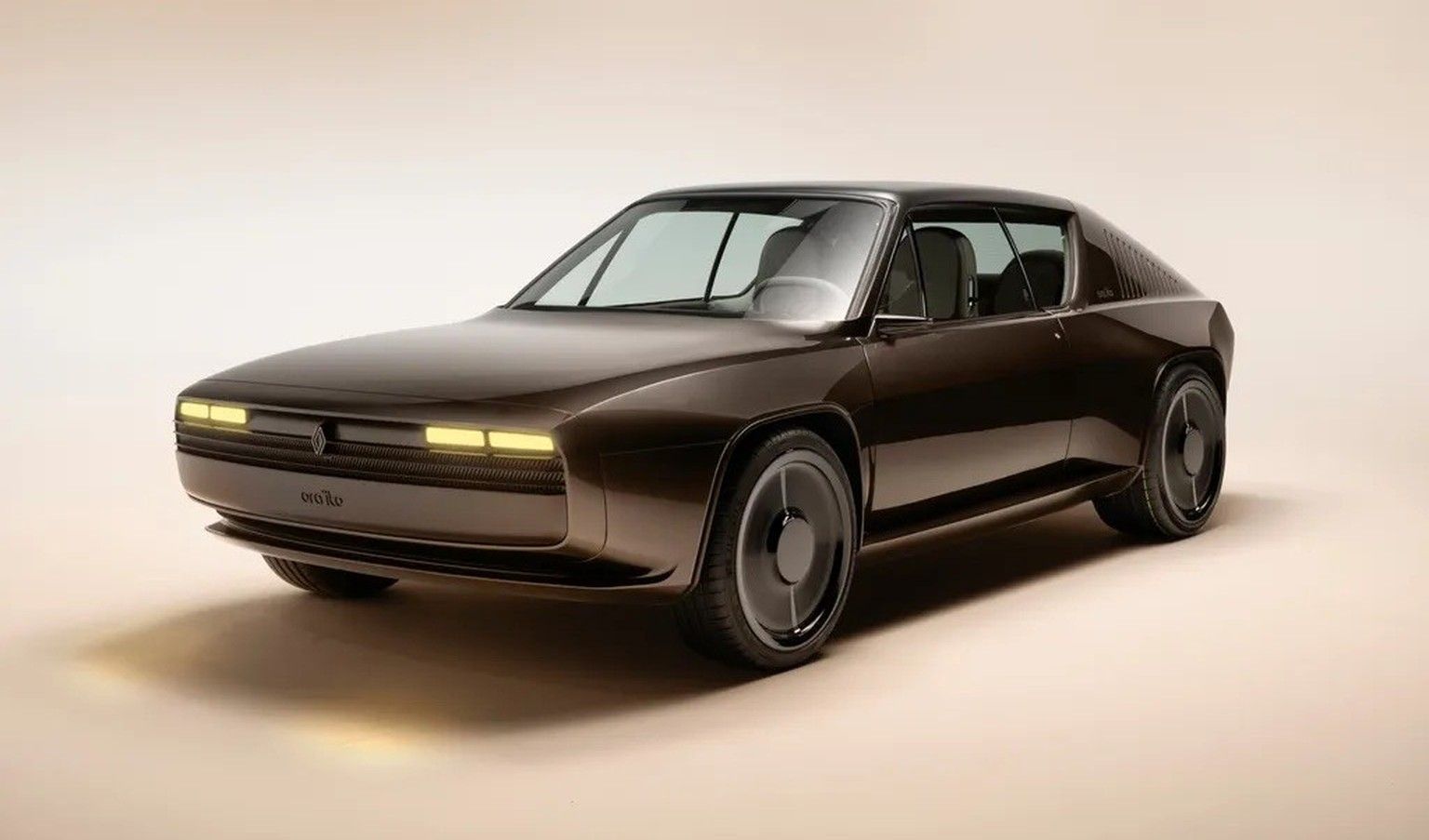
Image: renault.fr
“Restomod” is the key word here. “Restoration” and “Modification”: the classic charm of an old car combines with modern materials and the latest technology. In a restomod, the old design is largely retained, but the technology is improved. More power. Better brakes. Better handling thanks to more modern suspensions and shock absorbers. And above all, greater reliability.

Image: renault.fr

Image: renault.fr
With the R17 Electric Restomod x Ora Ïto — this is the official name of the model — Renault does not do things by halves. As its name suggests, the propulsion is entirely electric and the design language was dictated by French designer Ora Ïto (real name Ito Morabito).

Image: renault.fr
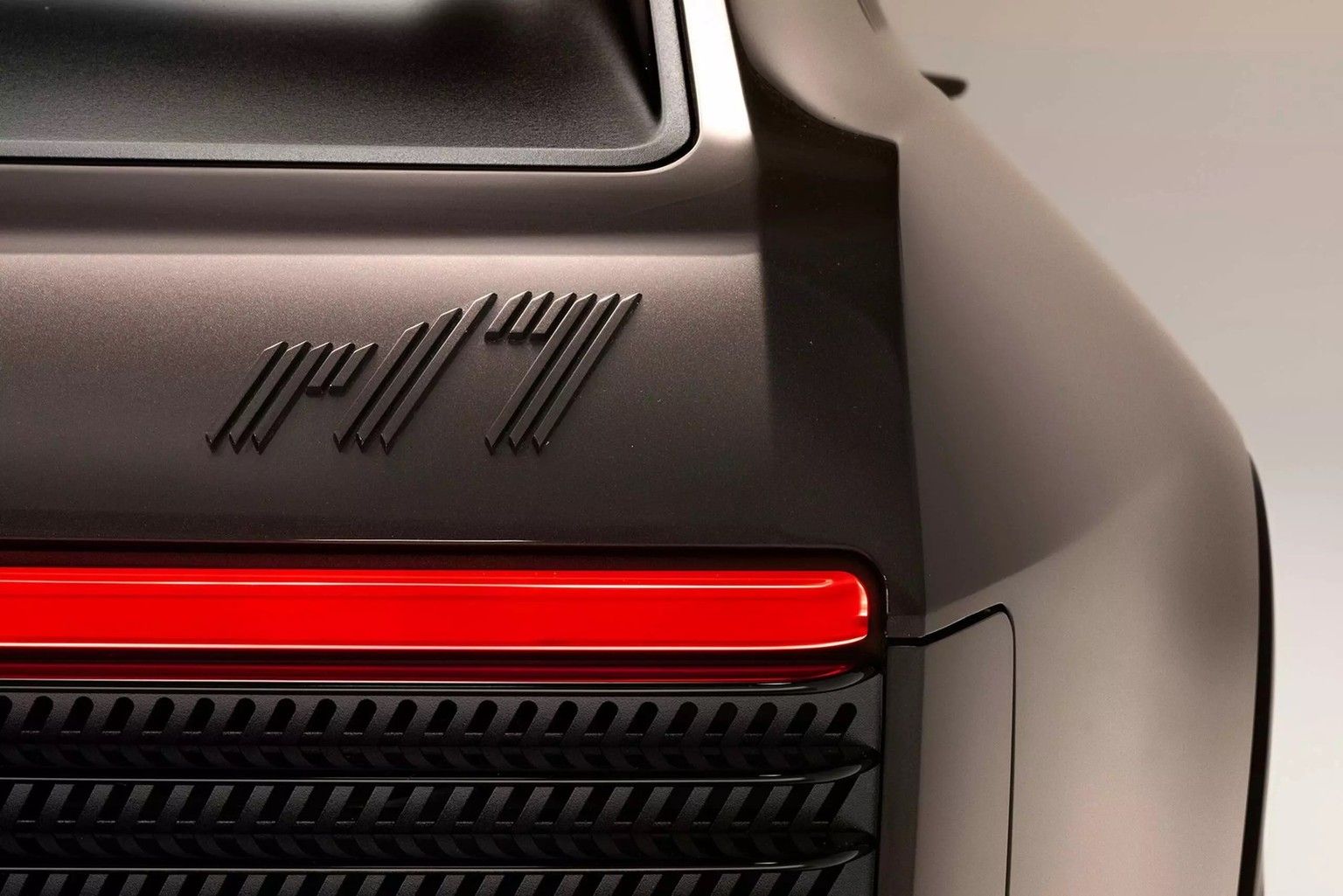
Image: renault.fr
The bodywork is made of carbon and painted in the “Galactic Brown” color created for the occasion.
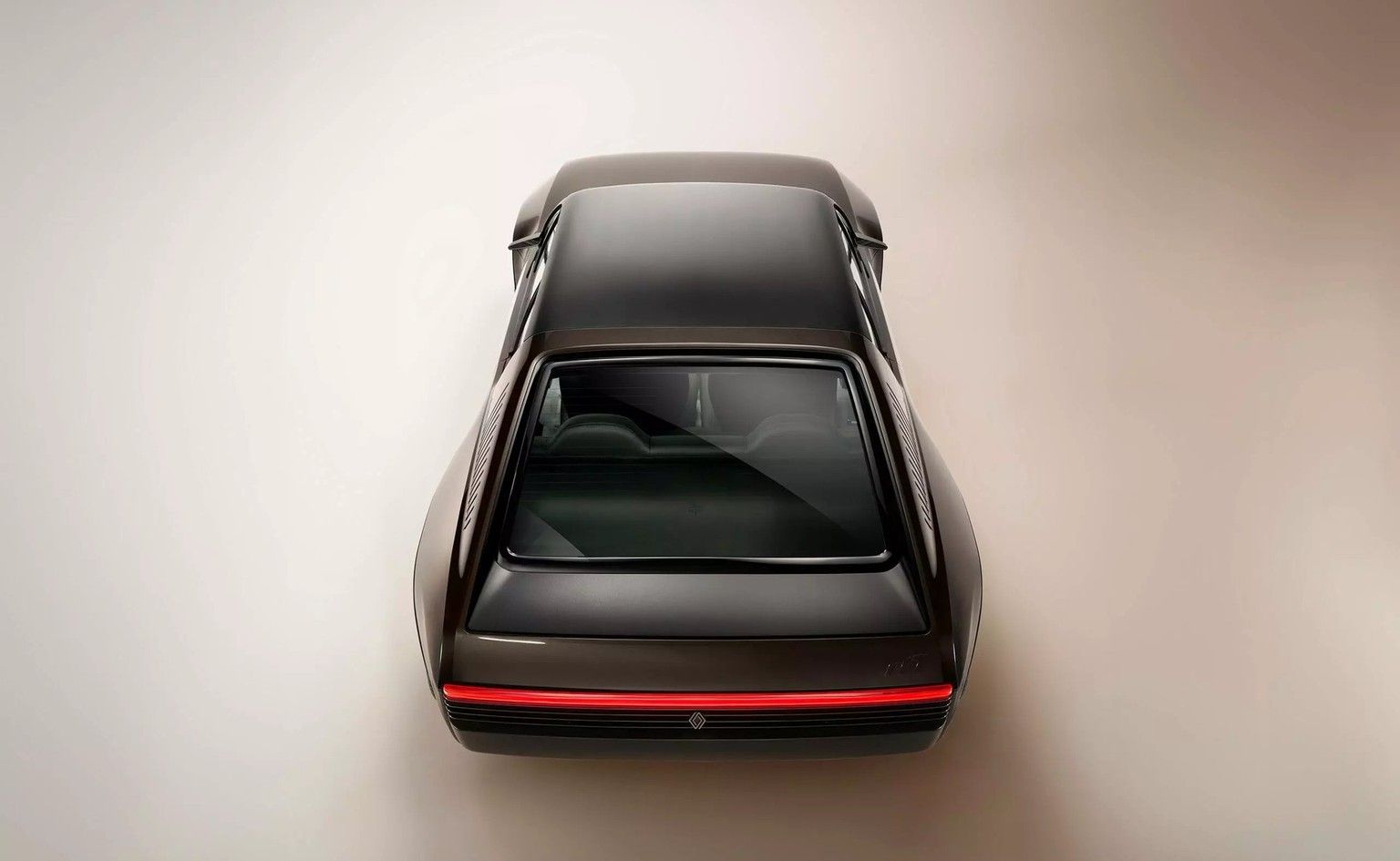
Image: renault.fr
The electric motor provides 270 horsepower and a range of 400 km.
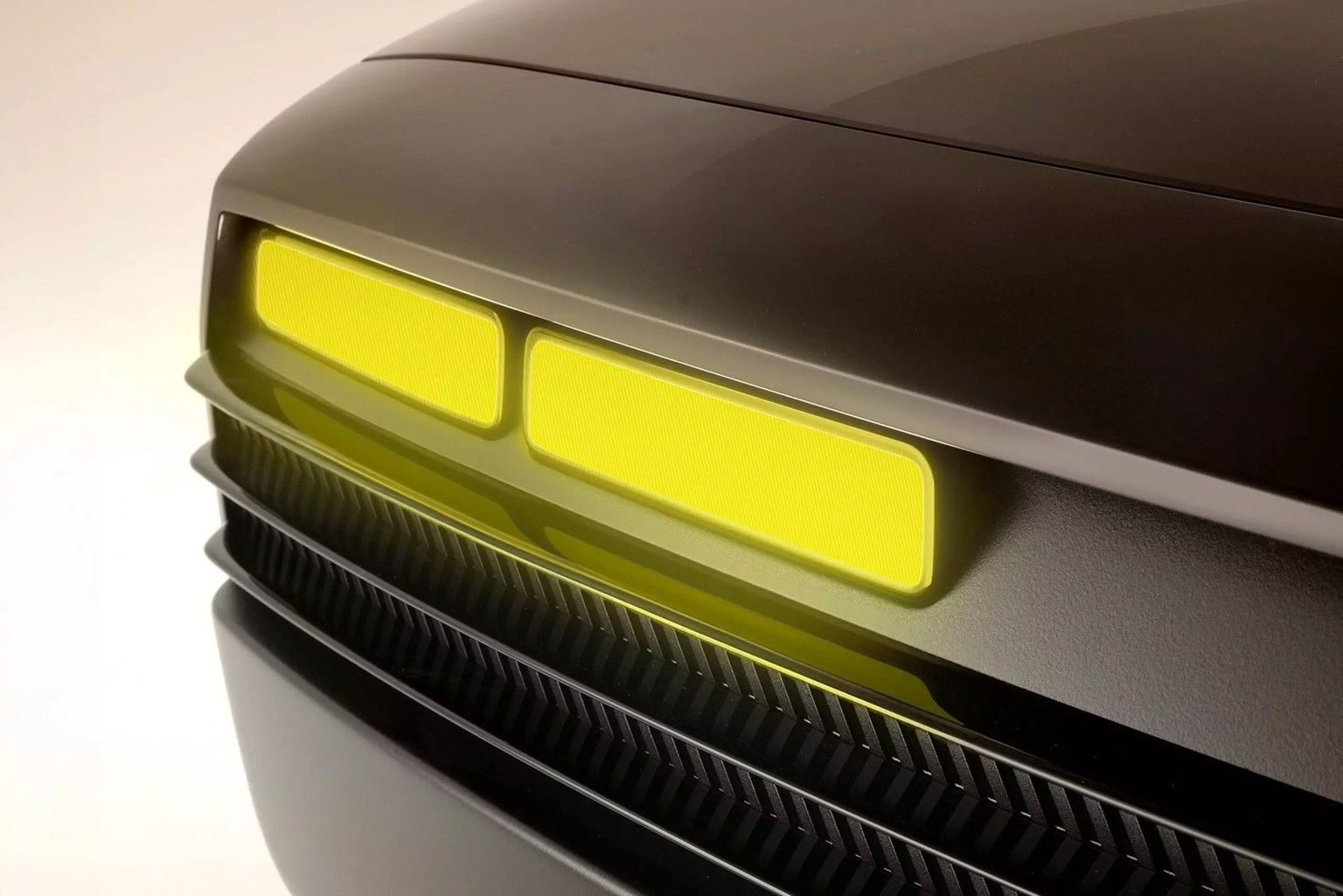
Image: renault.fr
LEDs replace the original iodine headlights. Other details have also been revised. But the side ventilation slots on the half-open rear windows, typical of the Renault 17, have been retained.

Image: renault.fr
Inside, Ora Ïto wanted to retain many original design elements, while adding a touch of modernity.

Image: renault.fr
Thus, the dashboards are digital, but the structure of the seats and their coverings are strongly inspired by the design of furniture and interiors from the 1970s.
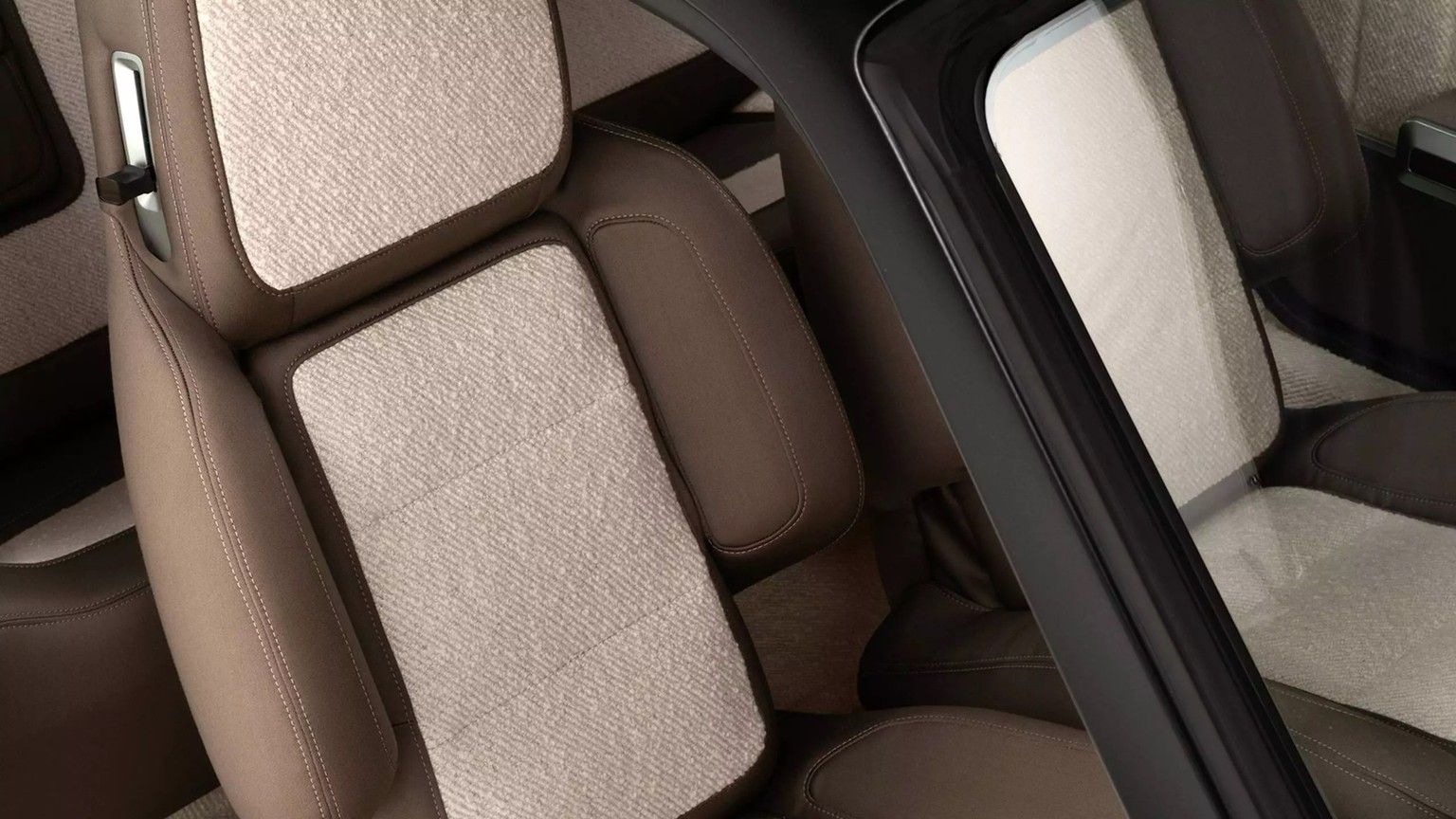
Image: renault.fr
The steering wheel has a rectangular shape — a styling element that takes inspiration from another design icon of the Seventies, the Austin Allegro.
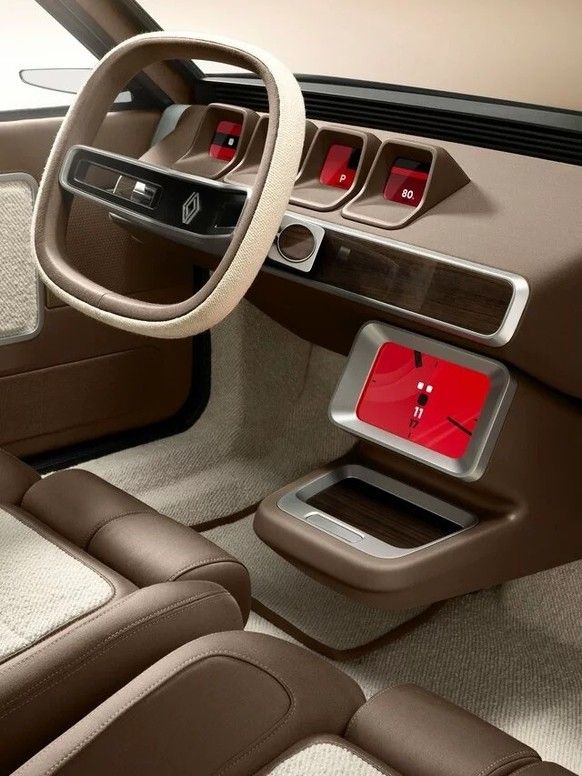
Image: renault.fr

Image: renault.fr
The electric R17 is of course a concept car and is therefore not intended to mass production – it shows what would be possible. At a time when bulky SUVs have become the norm, this Renault creation shows that it is possible to combine retro design and plenty of functionality.
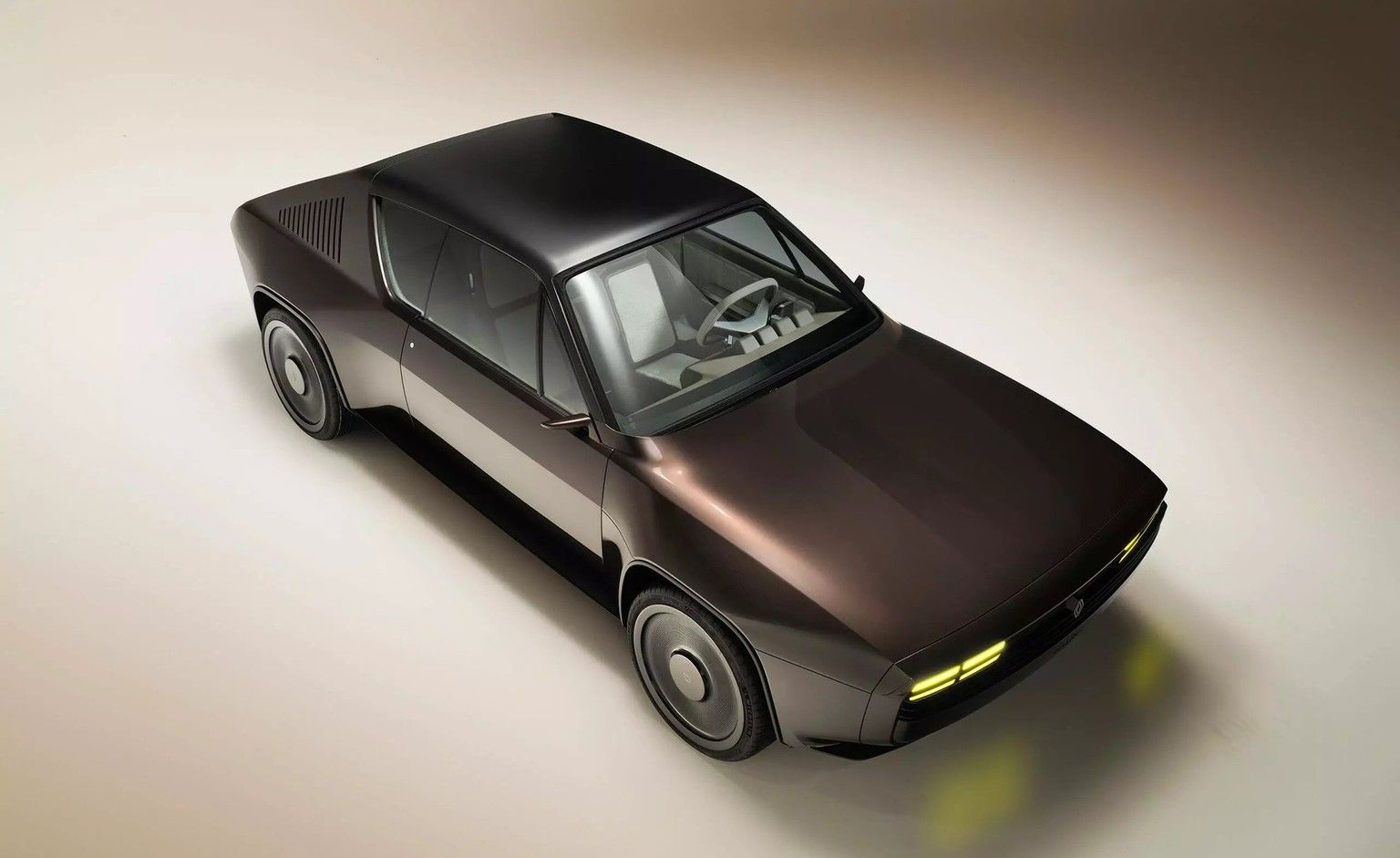
Image: renault.fr
It highlights what we really deserve: a little more aesthetics in our daily lives.
Translated and adapted by Noëline Flippe
More articles on cars
There have never been so many cars with alternative engines on Swiss roads, even if the number of registrations continued to decline in October.
Last month, 18,753 new passenger cars were registered in Switzerland and the Principality of Liechtenstein, a decline of 7.9% over one year. Over ten months, the drop reached 4.3% compared to the previous year, for a total of 194,483 cars.

